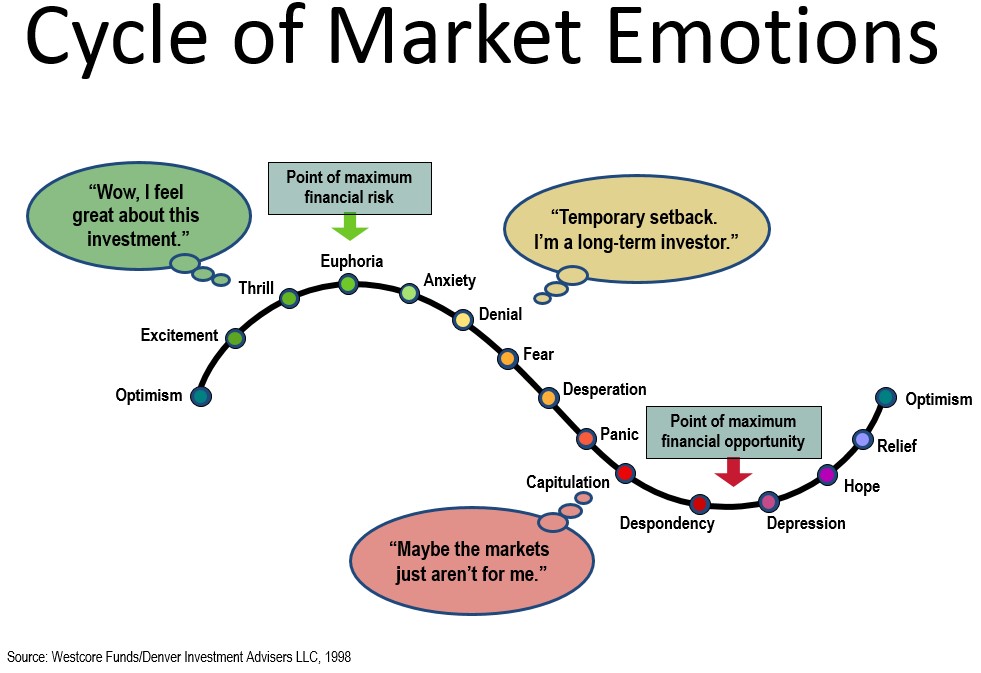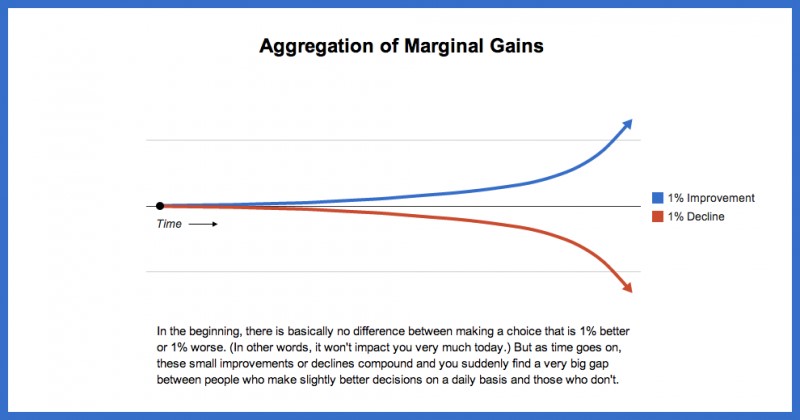Guest Blogger: This post was written by Eric Schaefer, a senior studying Financial Planning at the University of Illinois. Eric is working towards becoming a Certified Financial Planner. He serves as President of U of I’s Financial Planning Club and is currently an intern at Bluestem Financial Advisors, LLC.
One of the cornerstones of a financial plan is protecting against the unexpected. We often address this through purchasing adequate life insurance coverage, maintaining proper emergency reserves (“ready cash”) and developing a thoroughly diversified investment portfolio. However, many overlook planning for unexpected financial events, especially those that may be particularly unpleasing. One such topic is, have you and your family thought about what you would do in the event of an unexpected medical emergency?
Following up on the HIPPA authorization article featured in our Fall Newsletter (Click Here to Subscribe), we would like to elaborate a bit further on the importance of having a medical emergency plan by highlighting a few key actions items to consider:
1.) To ensure family can get updates on you during a medical emergency, make sure that your HIPPA privacy forms are filled out completely and with the necessary signatures. Parents, if you have an adult child or student away at school, make sure they complete and sign the HIPPA form as well. You may also want to complete clinic specific authorization forms at their campus medical facilities. This will ensure that no matter where they receive emergency treatment you will have the appropriate access to their records and care providers.
2.) Upon admittance to the hospital, if the patient is unconscious the staff will first look for an EMERGENCY CONTACT card in a purse or wallet and/or check for an “in case of emergency” (ICE) contact in their phone. Modern cell phones often allow ICE contacts that can be accessed while our phone is locked. Some add on applications can also digitally display a Medical ID card from the lock screen.
If you aren’t the best with technology that’s OK! This would be a great opportunity for your children to show you by setting up their own digital ID on their phone. It’s also not a bad way to kill two birds with one stone. Additional information on how to set up and where to find these applications is listed below.
In the event that you either do not have a smart phone or would prefer to use a more traditional method for confirming your identification, there are many websites with Medical ID card templates that you can print out. Those with chronic conditions, allergies, or who are fashion oriented may consider Medical Emergency ID jewelry. What better gift to get your significant other, son or daughter than a necklace with their blood type and YOUR name and phone number on it?
3.) The alternative to carrying Medical ID cards or filling out numerous forms at different healthcare facilities would be to have a medical power of attorney, also referred to as an advanced healthcare directive. This is the most effective of all the options mentioned and an essential item in your estate plan. These medical power of attorney documents are state specific, so you will want to be sure to fill out the appropriate version for where your child plans to spend the majority of their time. Not only will this compliment a comprehensive medical emergency plan, but it will also afford your children the opportunity to begin thinking about and discussing with you the importance of life planning and determining what is truly important to them.
Here at Bluestem we would like to encourage all of you to address your physical well-being with the same careful and considerate preparation as you do with your financial well-being. Hopefully you nor your family members will ever be in a situation where you must utilize any of the items mentioned above, but in the event that you are, we hope that this post will have helped you make the necessary arrangements.
Additional Resources:




 us, getting organized to complete our annual Income Tax Return is a chore. We would prefer to expend the minimum amount of effort to get the job done. Luckily, many records such as income figures are provided to us by others (W-2’s, 1099’s etc). In addition, minimizing your taxes due often involves documenting charitable gifts for itemized deductions. Maximizing the benefits from those charitable gifts does require a bit more work on your part.
While you may be aware that you need to keep records to deduct charitable gifts you make, you may not realize that it is fairly common not to receive IRS-compliant documentation from nonprofit organizations. Therefore, it is up to you to know the rules yourself and confirm you receive the correct documents. Below is an outline of what to keep when you make Charitable Gifts (by donating Cash, Check, via Credit Card, etc):
For Gifts under $250:
You need to have a record showing the name of the organization, date and amount of the contribution. One or the other of these will work:
us, getting organized to complete our annual Income Tax Return is a chore. We would prefer to expend the minimum amount of effort to get the job done. Luckily, many records such as income figures are provided to us by others (W-2’s, 1099’s etc). In addition, minimizing your taxes due often involves documenting charitable gifts for itemized deductions. Maximizing the benefits from those charitable gifts does require a bit more work on your part.
While you may be aware that you need to keep records to deduct charitable gifts you make, you may not realize that it is fairly common not to receive IRS-compliant documentation from nonprofit organizations. Therefore, it is up to you to know the rules yourself and confirm you receive the correct documents. Below is an outline of what to keep when you make Charitable Gifts (by donating Cash, Check, via Credit Card, etc):
For Gifts under $250:
You need to have a record showing the name of the organization, date and amount of the contribution. One or the other of these will work:




 Action 2: Request credit reports from at least one of the three Credit Reporting Agencies. Review your report for any lines of credit that you don’t recognize. The report will have instructions on disputing your account if needed. Reports may be accessed for free at
Action 2: Request credit reports from at least one of the three Credit Reporting Agencies. Review your report for any lines of credit that you don’t recognize. The report will have instructions on disputing your account if needed. Reports may be accessed for free at 





 Paper versus Electronic account statements:
Paper versus Electronic account statements:


